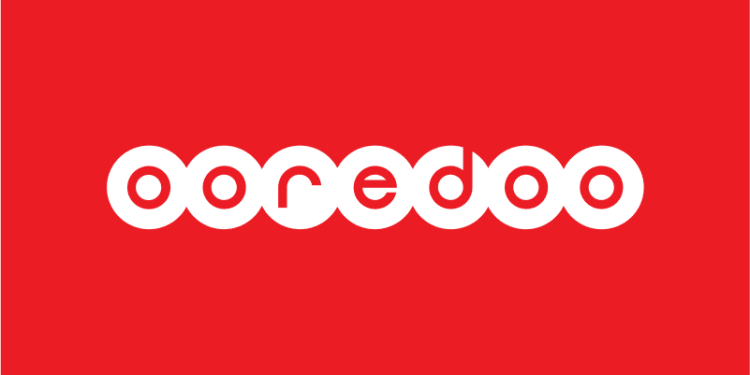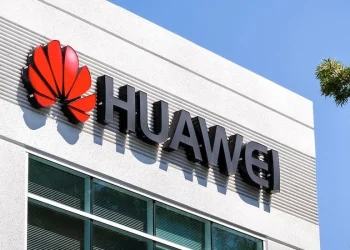Ooredoo, a telecommunications group operating across the Middle East, North Africa and Southeast Asia, unveiled its enhanced IoT Connect ecosystem in November 2025. The move shows a clear shift in direction. Ooredoo is no longer positioning itself as a company that sells SIM cards and data plans. It wants to be the infrastructure layer that enterprises rely on when they deploy thousands of sensors, meters and connected machines.
The upgraded ecosystem combines nationwide 5G, LTE-M, NB-IoT and LPWA coverage with a central platform that gives businesses real control over their devices. The new IoT Connect Manager lets teams monitor usage, track behaviour, detect misuse and troubleshoot problems from one dashboard. It turns connectivity into a managed service rather than a commodity, and that changes how enterprises in the Gulf can operate at scale.
Why Enterprises Needed More Than Basic IoT Connectivity
Across the region, IoT adoption has grown faster than most companies were prepared for. Logistics firms now track entire fleets. Utility providers rely on smart meters spread across cities. Manufacturers run sensors that monitor equipment health in real time. The problem is not the deployment. It is the management. Devices go offline without warning. Data usage spikes with no visibility. SIM cards get misused and no one notices until the bill arrives.
Most enterprises ended up running IoT networks through spreadsheets, manual reports and scattered monitoring tools that never gave a full picture. Telecom operators had built solid connectivity but did not offer the governance layer needed for IoT at scale. That gap left companies exposed to higher costs, operational blind spots and security risks.
Ooredoo’s enhanced IoT Connect ecosystem lands directly in that gap. It offers a single control layer for entire device fleets, something many organisations in the Gulf have been missing despite years of IoT rollouts.
Why Ooredoo Had To Evolve Beyond Basic Connectivity
For years, telecom operators competed on network coverage and data packages. That model does not work in enterprise IoT anymore. Connectivity is the smallest part of the value chain. What organisations need is control, analytics and security. Ooredoo already had more than five million IoT connections across its global footprint by 2024, which gave it a front-row view of the problems customers were struggling with.
Enterprises were asking for the same thing: a platform that could manage every SIM, monitor consumption, prevent misuse and troubleshoot issues in real time. Without that visibility, IoT rollouts became expensive to operate and difficult to scale. Ooredoo’s decision to build an end-to-end ecosystem was not a branding exercise. It was a competitive necessity. Connectivity alone was no longer enough to keep enterprise clients or win new ones.
The shift also recognises a wider industry trend. Gulf operators are trying to move up the stack into platforms and digital infrastructure. By launching an expanded IoT Connect ecosystem, Ooredoo signalled that it wants to lead that transition rather than follow it.
What The Enhanced IoT Connect Ecosystem Actually Changes
The upgraded ecosystem replaces a collection of separate tools with one managed layer that controls entire device fleets. The IoT Connect Manager gives enterprises a live view of every SIM, device and data session across their operations. Teams can set usage alerts, cut off a SIM that behaves strangely, adjust profiles remotely and troubleshoot devices without sending technicians on site.
The inclusion of LTE-M and NB-IoT networks is what makes the platform suitable for massive IoT. Utilities can deploy thousands of smart meters without draining battery life. Logistics firms can track vehicles across long distances with low-power sensors. Industrial sites can run equipment monitors that report performance continuously. All of it runs on Ooredoo’s network with an oversight layer that reduces cost and improves reliability.
Security also gets an upgrade. The ecosystem adds protections for critical IoT communications, which is a growing concern for companies running devices that feed real-time data into core operations. By combining connectivity, management and security in one place, Ooredoo moves from being a network provider to being the infrastructure behind enterprise IoT deployments.
What This Means For Gulf Enterprises And Rival Operators
Ooredoo’s enhanced IoT Connect ecosystem is more than a product upgrade. It shifts the company into a position where it can influence how enterprises across the Gulf deploy and manage connected systems. Companies that struggled with fragmented monitoring tools now get a single platform that governs every SIM, device and data session. That alone changes how operations teams handle logistics, utilities, manufacturing lines and smart-city infrastructure.
The move also raises the competitive bar. Other regional operators will have to respond with their own platforms instead of relying on basic connectivity bundles. The Gulf’s enterprise market is moving toward managed IoT services, and Ooredoo has taken the first clear step by offering an ecosystem built for scale, visibility and security.
The larger implication is simple. As the region pushes deeper into smart-city projects and industrial automation, the winners will be the operators that provide full-stack IoT infrastructure, not just network access. Ooredoo’s launch shows it wants to be one of those operators. And it signals to the market that the next phase of enterprise IoT in the Gulf will be defined by platforms that bring order, control and intelligence to millions of connected devices.














